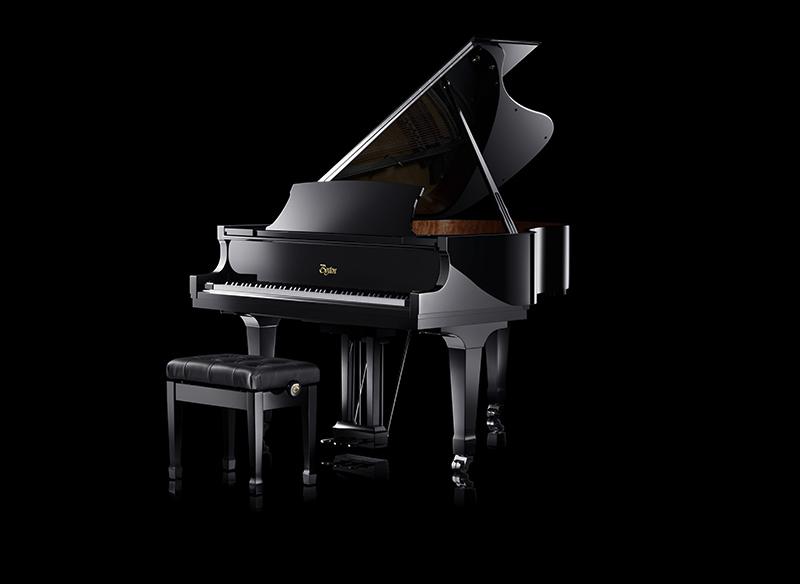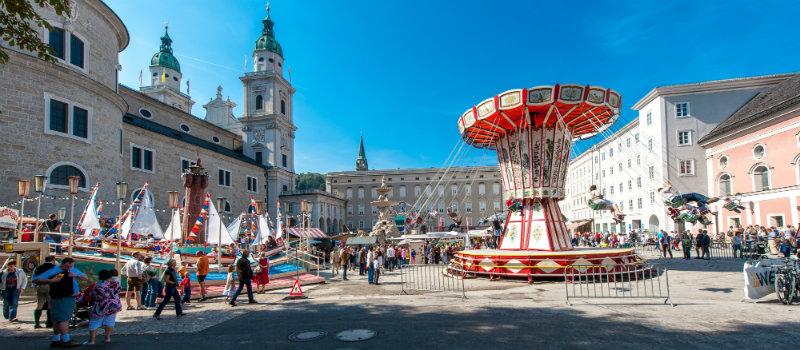“[The word] family has a special significance for Steinway & Sons,” announces Guido Zimmermann, managing director for Steinway Europe, during a special anniversary dinner to celebrate 25 years of the Boston Piano designed by Steinway & Sons.
With production briefly halted and machinery pushed to one side, a small part of the Hamburg factory was transformed into an exclusive dining area, creating a unique venue and occasion. The mood lighting, starched-white linen on the tables, and glistening glassware complemented the family of Steinway Piano brands---consisting of the Steinway, Boston, Essex, and Spirio---lined-up like art sculptures in a contemporary gallery, waiting to be played.




